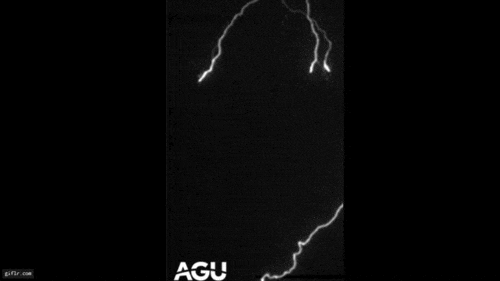When you buy through links on our site , we may earn an affiliate charge . Here ’s how it work .
Climate variety might have helped contribute about the fall of the ancient Khmer civilization in Angkor , Cambodia , virtually 600 year ago , new enquiry propose .
historian have given various explanation for the descent of the imperium that extend across much of Southeast Asia between the 9th and fourteenth century ( 801 to 1400 ) , fromland overexploitationto battle with rival kingdoms . But the unexampled study offers strong grounds that two grievous droughts , accent by bust of wakeless monsoon rainwater , could have weakened the empire by shrinking water supplies for crapulence and husbandry , and damaging Angkor ’s huge irrigation system , which was primal to its economy .

The religious complex of Angkor Wat was center of a civilization that depended for irrigation on a vast network of canals, embankments and reservoirs.
The realm , one of thegreatest culture of all prison term , is thought to have crock up in 1431 after a raid by the Siamese from present - day Thailand .
" Angkor at that time confront a identification number of problem — social , political and cultural . Environmental change campaign the ancient Khmers to the limit and they were n’t capable to adapt , " aver study author Brendan Buckley , a climate scientist at Columbia University ’s Lamont - Doherty Earth Observatory in New York . " I would n’t say climate cause the collapse , but a 30 - year drought had to have had an encroachment . "
The researchers were able-bodied to reconstruct 759 years of retiring mood in the area border Angkor by studying the yearly growth band of cypress trees in a nearby internal park . The tree diagram ring revealed grounds of a mega - drought lasting three decades — from the 1330s to 1360s — followed by a more spartan but shorter drought from the 1400s to 1420s , right before the empire crash .

The droughts could have conduct to harvest failure and a salary increase in infectious disease , and both job would have been exacerbate by the density of the population , Buckley say .
They also found evidence for intense showery seasons that might have damaged Angkor ’s hydraulic system . During a normal monsoon time of year , Angkor ’s vast web of canals , embankments and reservoirs could have handled heavy waterspout , but after extended droughts , the system may have been vulnerable to clogging .
The researchers suspect that El Niño , a cyclical warming of the tropic Pacific Ocean , might have playact an important use in keep out down themonsoonrains in this region , leading to droughts .

" The evidence from monsoon Asia should remind us that complex refinement are still quite vulnerable to mood variability and change , " say study researcher Kevin Anchukaitis , also of Columbia University .
Similar field hint that abrupt environmental change may have press otherancient civilizationsover the border , including the Anasazi people of the southwesterly United States ; the Maya people of Central America ; and the Akkadian hoi polloi of Mesopotamia .
The results were published this week in the journal Proceedings of the National Academy of Sciences .















